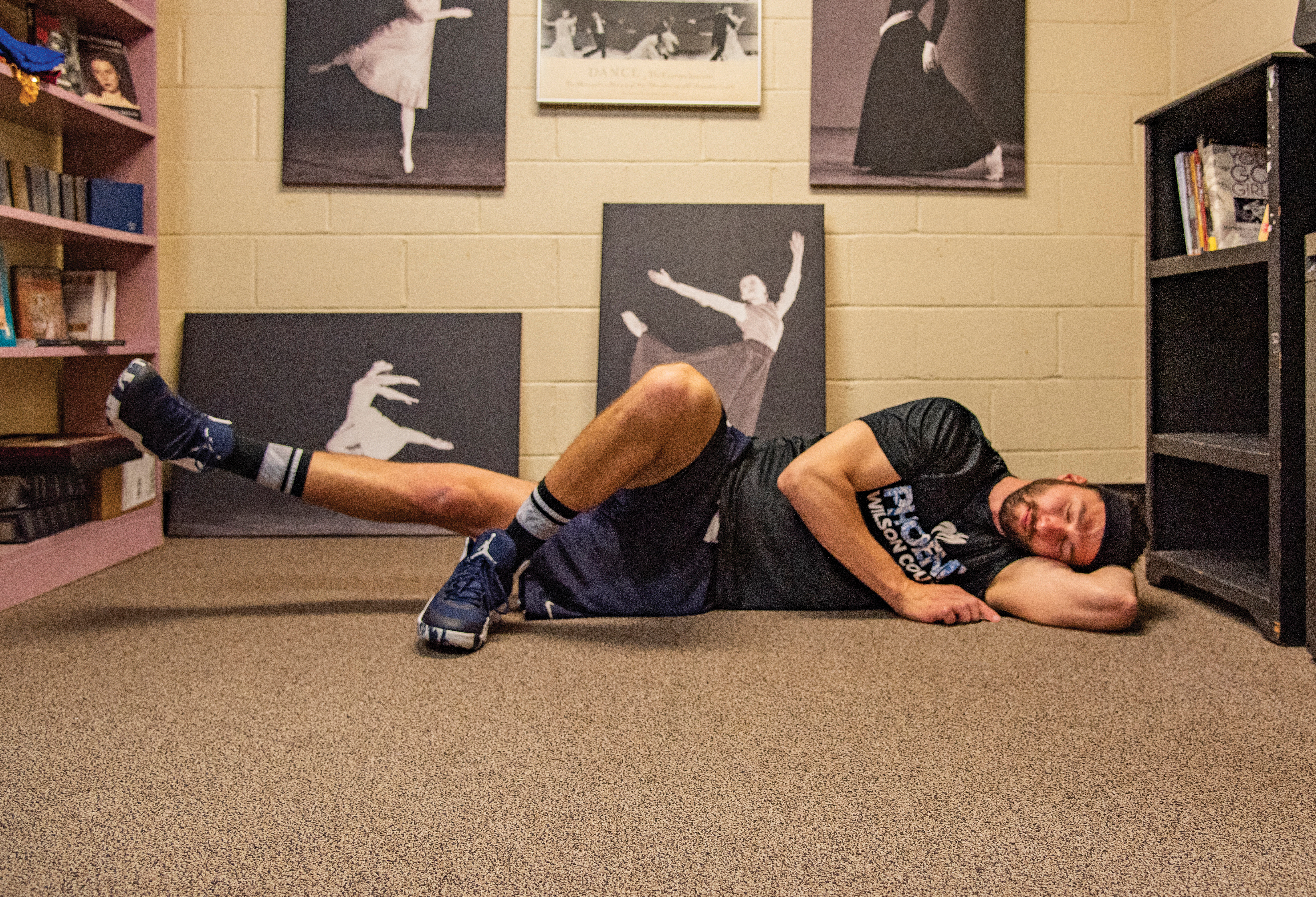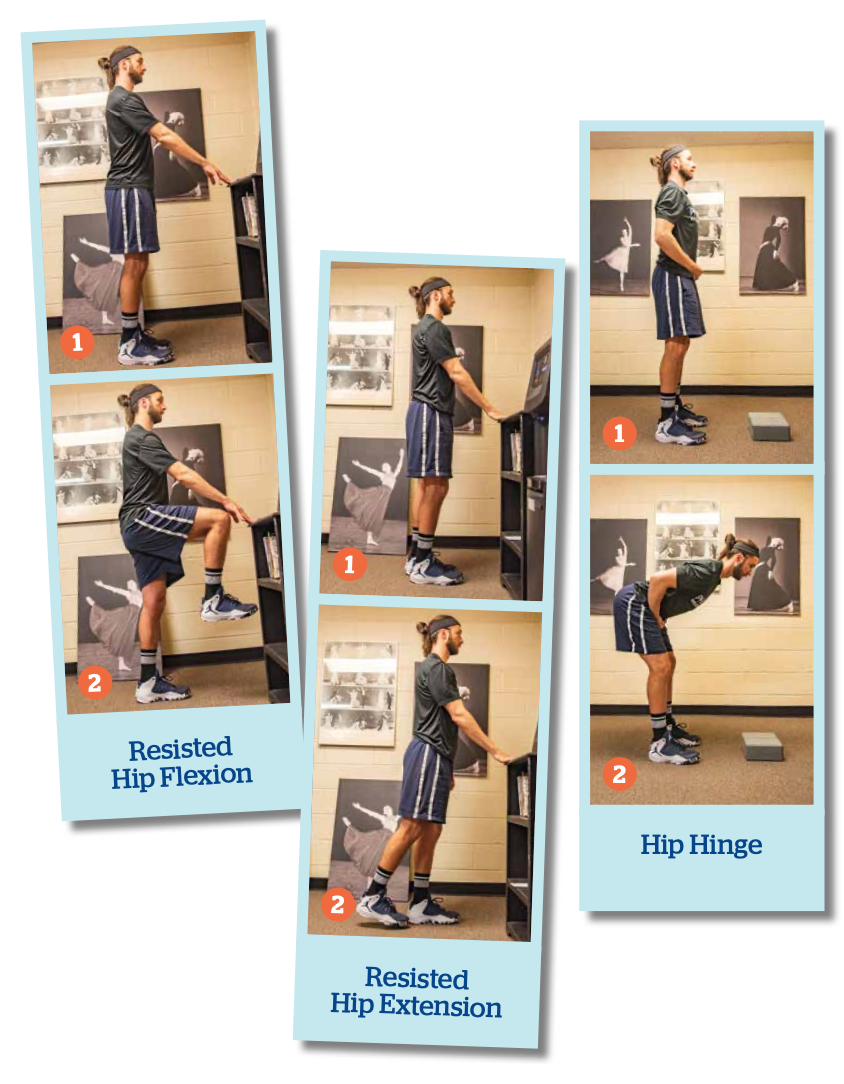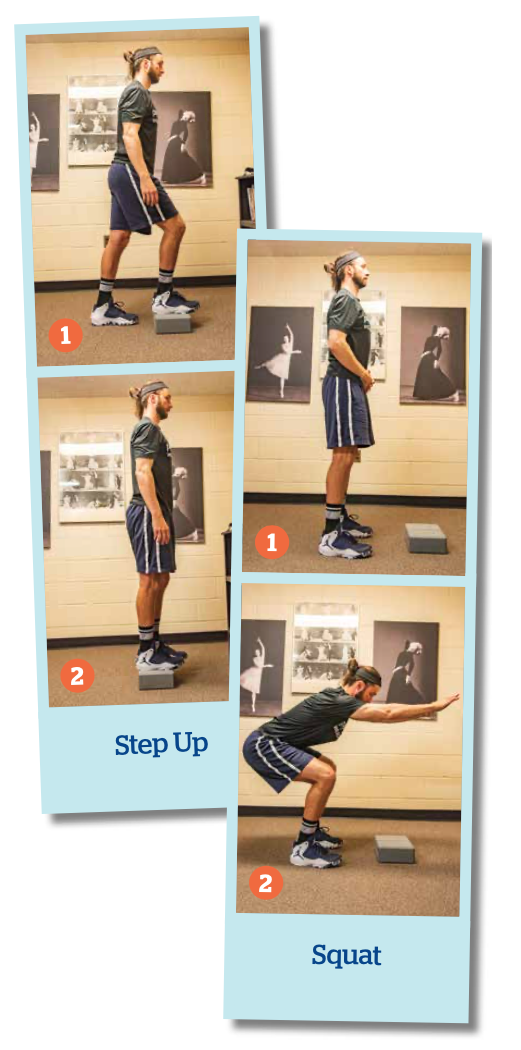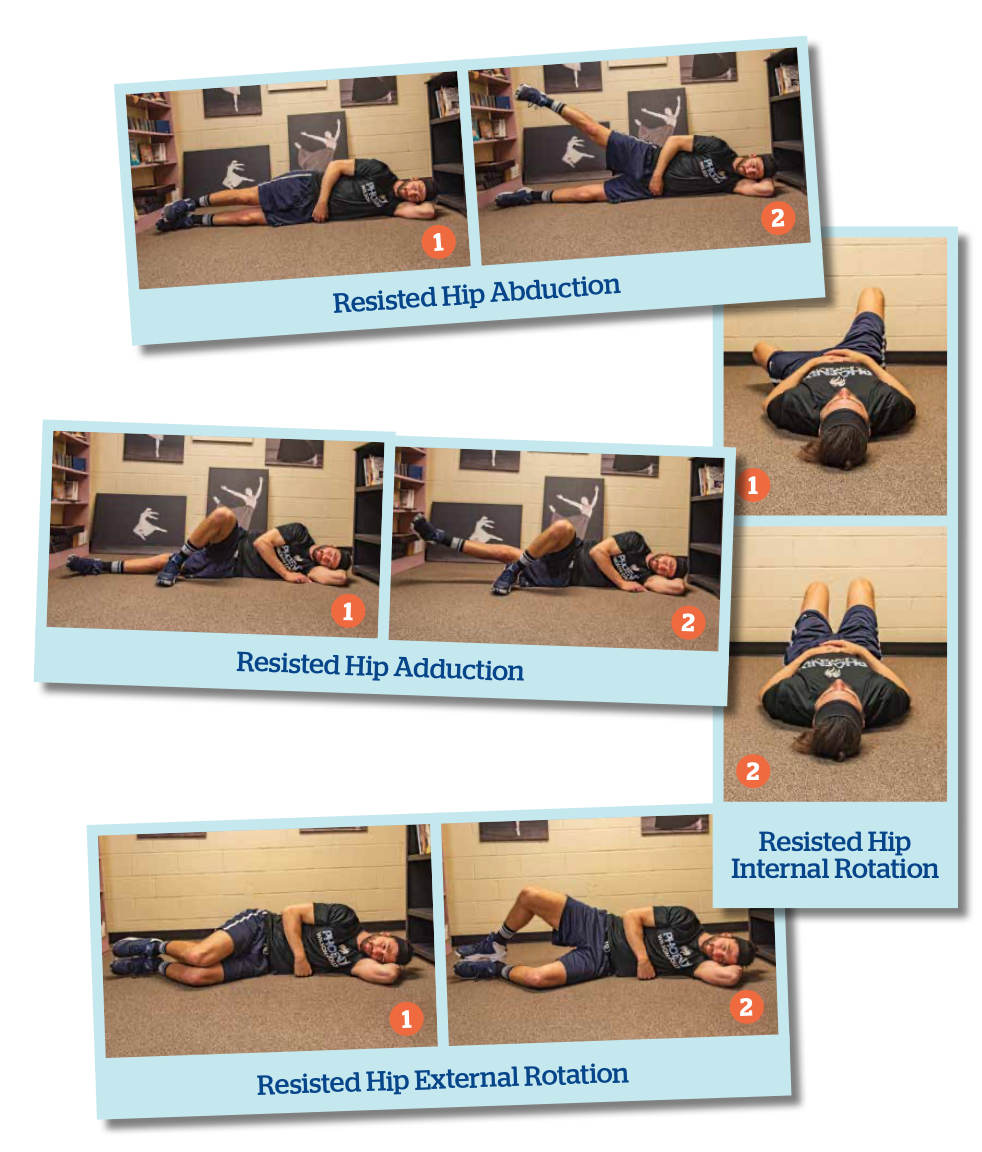Maintain muscle mass and lower your risk of injury
By Nikolas Rosenberry, Strength and Conditioning Head Coach
As we age, we lose muscle mass. This loss does more than make getting about or doing sports more difficult — it increases the risk of injury because our muscles don’t just produce movement; they also act like the shock absorbers in your car and absorb force. When they don’t absorb force, such as the impact each time you take a step, the force is transferred to your tendons, bones, and joints, causing stress on your entire system.
Luckily, simple, non-strenuous exercises can help you maintain muscle mass, remain mobile and active, and reduce your risk of injury.
The Wilson Strength and Conditioning Program focuses on improving the performance of our athletes while simultaneously decreasing their risk of a serious injury. We can’t prevent every injury, but we can work to prevent the injuries that do not need to happen.
These injuries typically arise from less than efficient mechanics and/or movement patterns when using the muscles. The same techniques and strategies we use to improve our athletes’ muscle efficiency can work just as well for non-athletes. In this piece, I focus on one joint — the hip — but the concepts apply to most joints and most people.
The Sports Science Solution
We aim to improve joint stability and function one joint at a time. Each joint is moved by muscles surrounding it, and they can move it in isolation — bending your knee — or they can move it as part of an integrated action — bending your knee while running. It’s important to do exercises that support both the isolated and integrated functions of the muscles surrounding our joints.
When we work with athletes, we exercise one muscle first, then multiple muscles around a chosen joint. This improves the performance of the muscles and decreases the risk of injury. First, an athlete works against resistance, such as a rubber band, through the full range of motions about each joint. Once they have established control about an individual joint, they train using full-body movements that utilize several joints working together.
Over time and at different points in our lives, what we consider our desired performance changes. A college athlete may consider doing squats their goal, whereas an older person may consider sitting down and standing up as theirs. Similarly, lunges become stairs, and lifting weights from the floor becomes lifting grandchildren. It is essential for all of us to maintain efficient joint mechanics and whole-body movements, especially as we age. The following are exercises to help keep the hip joint injury-free that would benefit anyone age nine to 99.
Hip into Action
As we walk and run, we go from single-leg balance to single-leg balance. To do this efficiently, the musculature of the hip must keep our body from rotating and/or tilting while it provides movement of our legs forward and backward.
To improve the efficiency of our hip mechanics, we train each individual motion that the hip provides (leg movements forward, backward, laterally, as well as rotations inward and outward) as well as integrated/full body motions that involve the musculature of the hip working in combination with muscles of other joints (squats, lunges, and balance exercises).
With this approach, we can improve the efficiency of the musculature around each individual joint, as well as the efficiency of our joints working together, to provide full-body movements at lower energy costs to our athletes, allowing our athletes to perform at high levels of intensity over longer periods with a decreased risk of experiencing an injury.
Note: If you’ve had a hip replacement procedure, you should avoid flexion past 90 degrees, internal rotation, and adduction exercises.
Here’s how to work the musculature around the hip in isolated and integrated fashions.
Isolated Hip Exercises
These exercises are best done against some light resistance, resistance bands are available at most sports suppliers. In these photos, gravity, rather than a band, provides the resistance.
Resisted Hip Flexion (leg moves forward)
Resisted Hip Extension (leg moves backwards)
Resisted Hip Abduction (leg moves away laterally)
Resisted Hip Adduction (leg moves laterally towards body)
Resisted Hip Internal Rotation (leg rotates outward)
Resisted Hip External Rotations (leg rotates inward)
Integrated Hip Exercises
Hip Hinge (involves cooperation between the spine, pelvis, hips, knees, and ankles)
Squat (involves cooperation between ankles, knees, hips, and spine)
Step Up (involves balance as well as cooperation between ankles, knees, hips, and spine)






